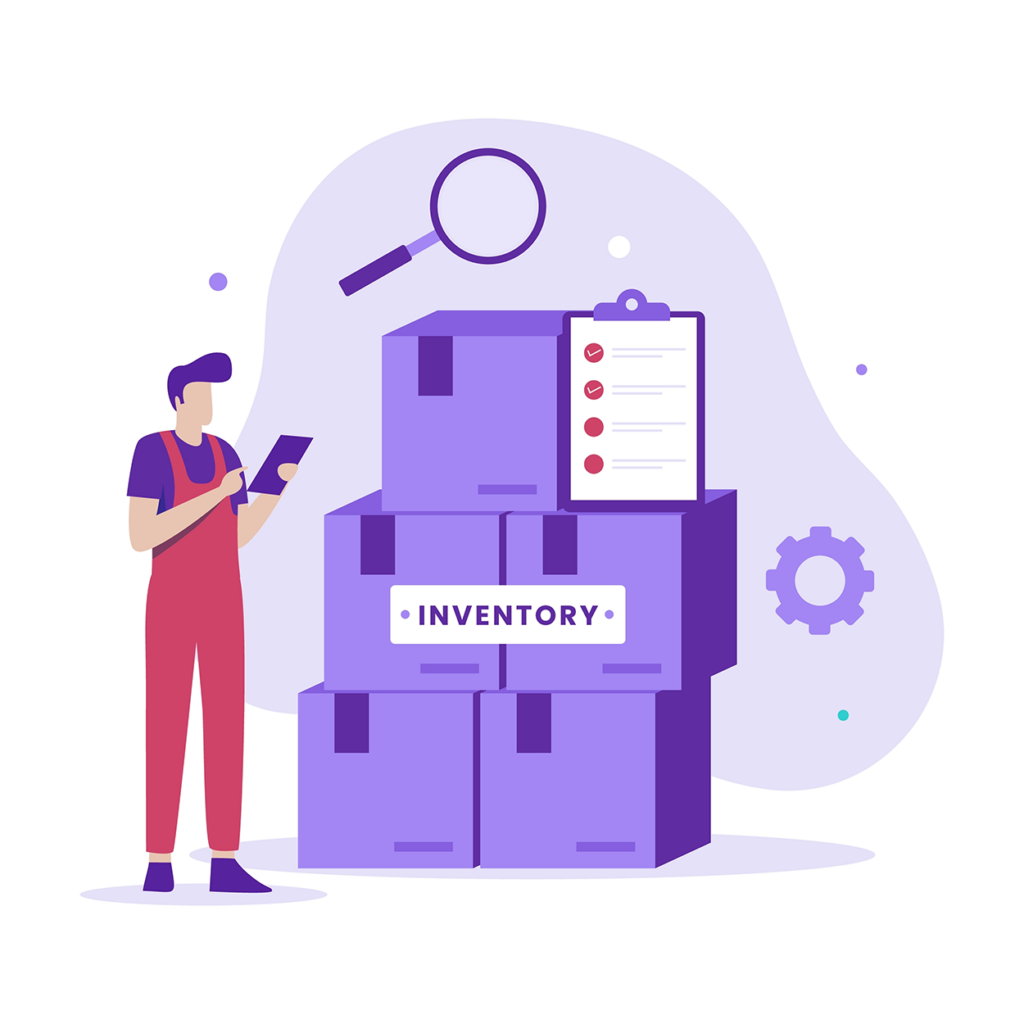Losing customers? Anxious about your company’s longevity? Adopting more efficient management strategies is part of the solution. In today’s business environment, successful companies rely on information systems built upon complex database technology to support management decisions and increase frozen asset turnover. This is due to inventory management software allowing businesses to automate processes that were previously manual and time-consuming, with counting and cataloging inventory being one of the biggest processes.
According to Clara Lu at Quickbooks, since the economy is showing signs of strength again following the pandemic-induced global recession, the need for increased inventory control, flexibility, speed, and more accurate fulfillment is paramount for businesses to thrive in an increasingly competitive global economic environment.. Many experts concur that computerizing inventory control results in more devotion to the B and C items, as to the A’s, in the typical ABC analysis while also expanding the analysis to include the profit margin per item.
The first step in finding the best software match to manage your business processes is understanding the history of this monumental system and then determining what type of business model a software system caters to.
Inventory Management: Past to Present
Inventory management has been around for centuries, and has historically been based upon principles such as Push and Pull and cycle counting. However, the modern history of the inventory management begins in the 1940s with the creation of the barcode. By the 1980s, with the assistance of more advanced computers and software, the systems of inventory management worked in a cycle, from purchasing, to tracking, and then to monitoring inventory.
The price of barcodes and readers decreased during this time, and by the early 2000s, inventory management software had transformed so much that businesses no longer needed to input data by hand, and barcode readers could instantly update their databases. Finally, the most modern development in terms of inventory management systems is in regards to radio-frequency identification technology. RFID technology allows for more information to be contained within a computerized tag and gives computers the ability to read these tags without being in direct sight. Therefore, inventory management tools are a significant part of a company’s management.
Inventory management tools can be split into two parts: mathematical models/methods of planning, and an information system that provides a continuously documented database of data. Online analytical processing provides sophisticated technologies from data collection, integration, retrieval, analysis, query optimization, and advanced user interfaces.
Inventory Software Set-Up

Inventory management software has grown tremendously in what it can accomplish for businesses, especially in the highly competitive and revolutionary era of the 2020s. However, any software you may be looking into will fail to assist your business if your inventory management system needs serious remedies at the fundamental level, not just the technological level.
The critical elements of an inventory management system are well organized location names, specific location labels, short and unmistakable item numbers, units of measure, and passionate employees who know to follow your strong policies. Once these elements are established, you will realize that using pen and paper or spreadsheets to maintain inventory data is difficult and failure ridden. Using inventory software will allow many users to access it, provide insight to your inventory activity, and assist in keeping an accurate historical record.
Inventory Management is for the Future
Recently, the world has seen a strong shift away from in-house and basic warehouse management software solutions, with 68% of organizations moving to full-featured, cloud-based inventory management systems.
With these new automated processes comes more frequent and less stressful cycle counts, increased inventory visibility, greater fulfillment accuracy, and fewer scenarios where items are out of stock.. Any growing business has a business owner who focuses on profitability and scalability, and while inventory management may not be the most glamorous aspect of business, it can save your business from eating itself alive before your dream can be accomplished.
The Takeaway
Inventory management software can save or greatly expand the power your business wields. Similar to adding a highly technical and sophisticated employee, the right software will be able to help you make important decisions and guide your company in a direction that you previously only dreamed was possible. Deciding on a specific inventory management software to meet your business needs may take time, but establishing the critical elements of an inventory system is crucial before making this move for your company.

